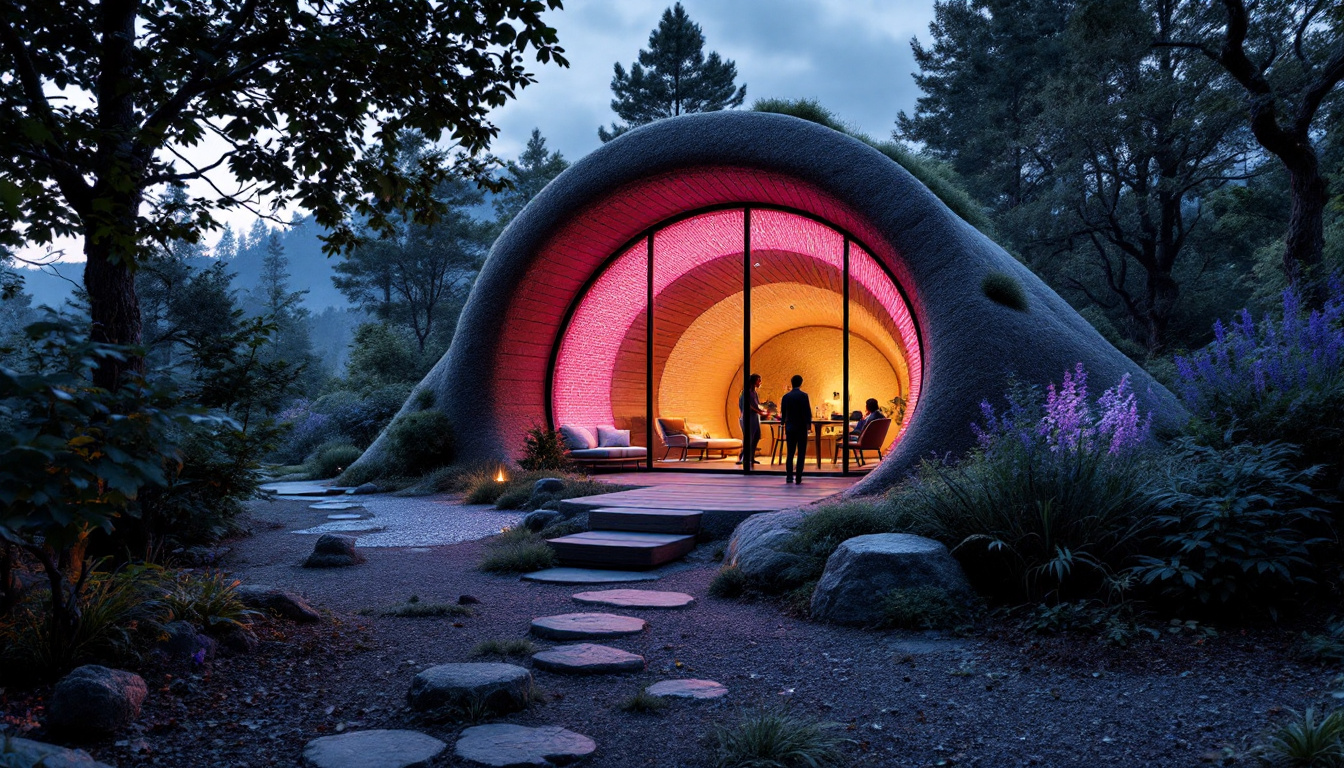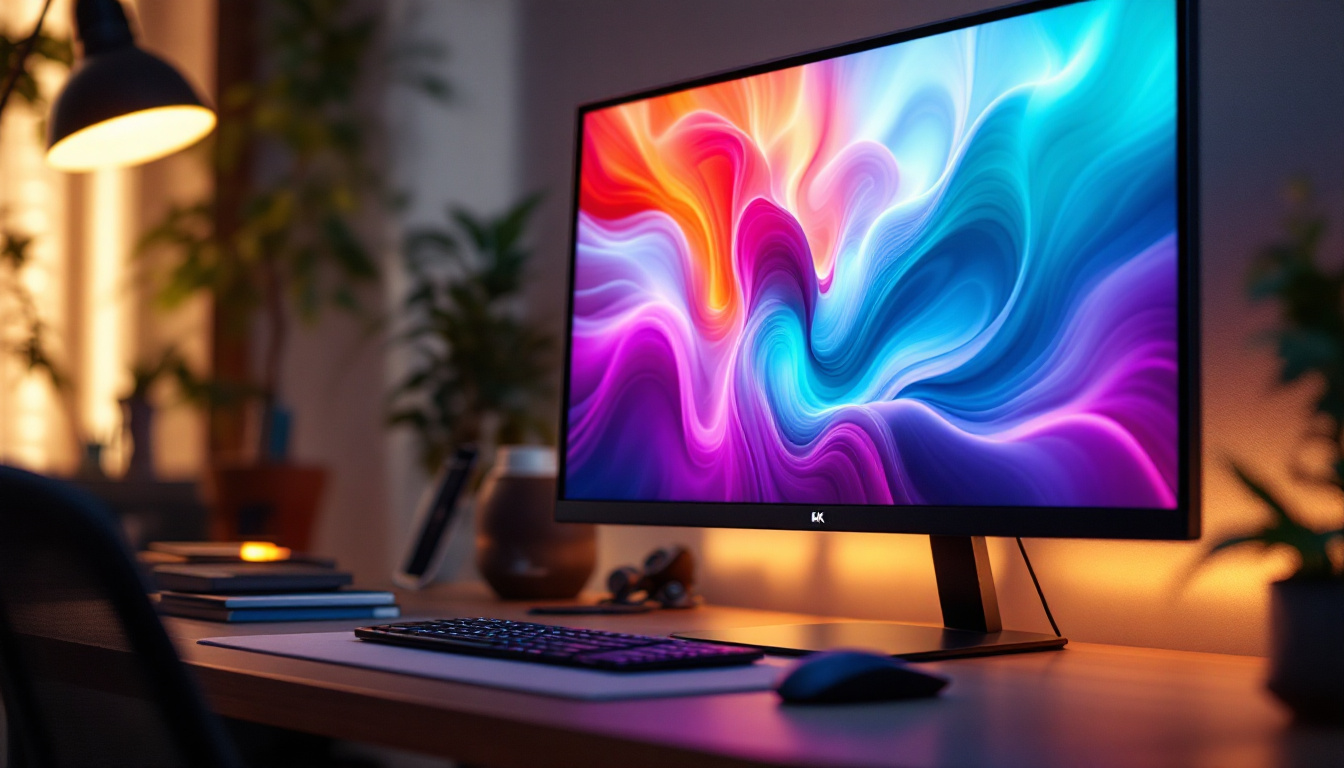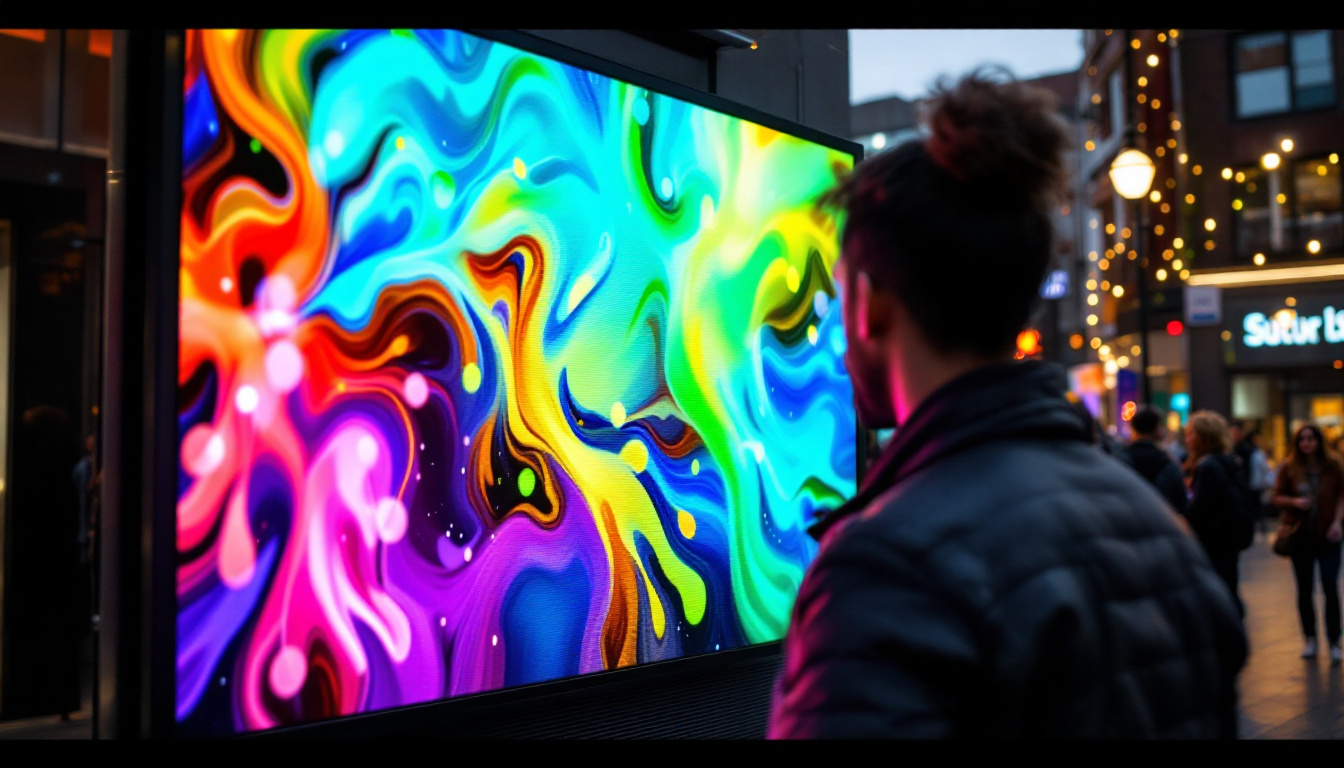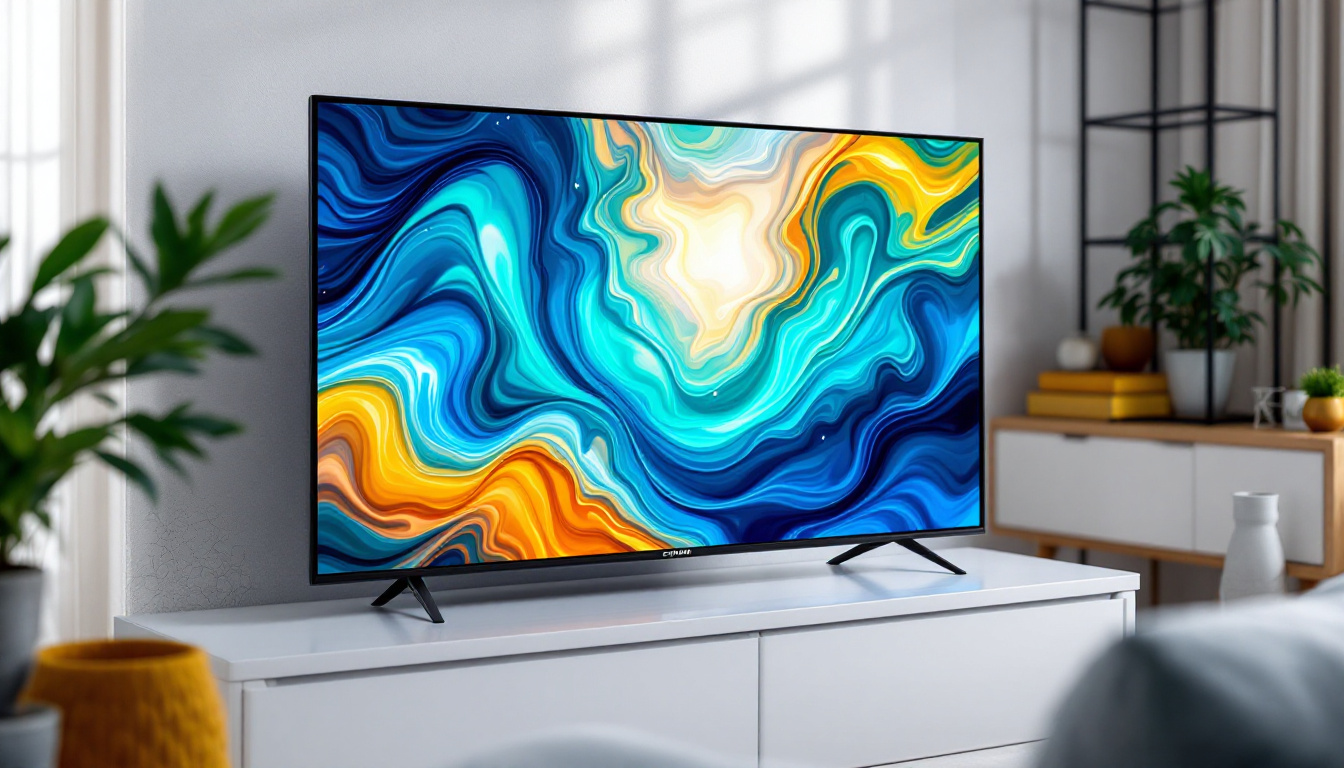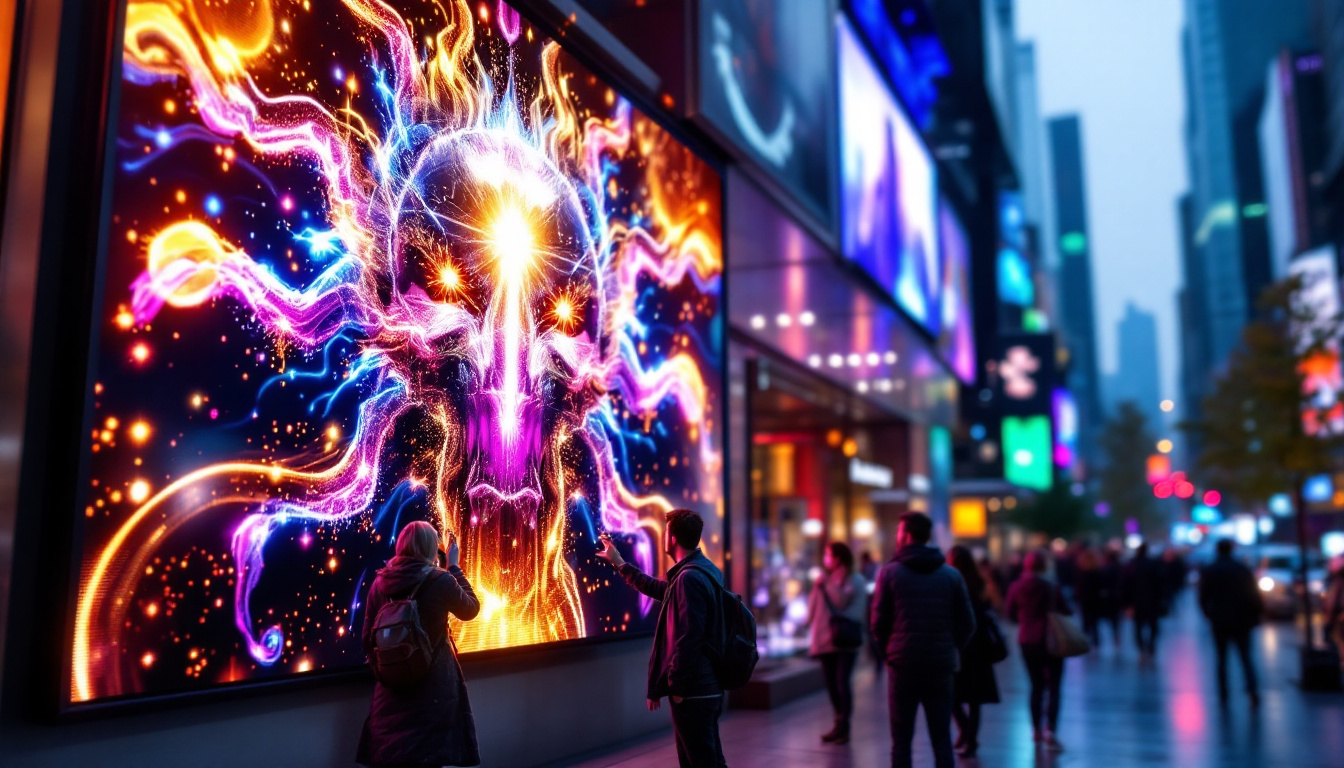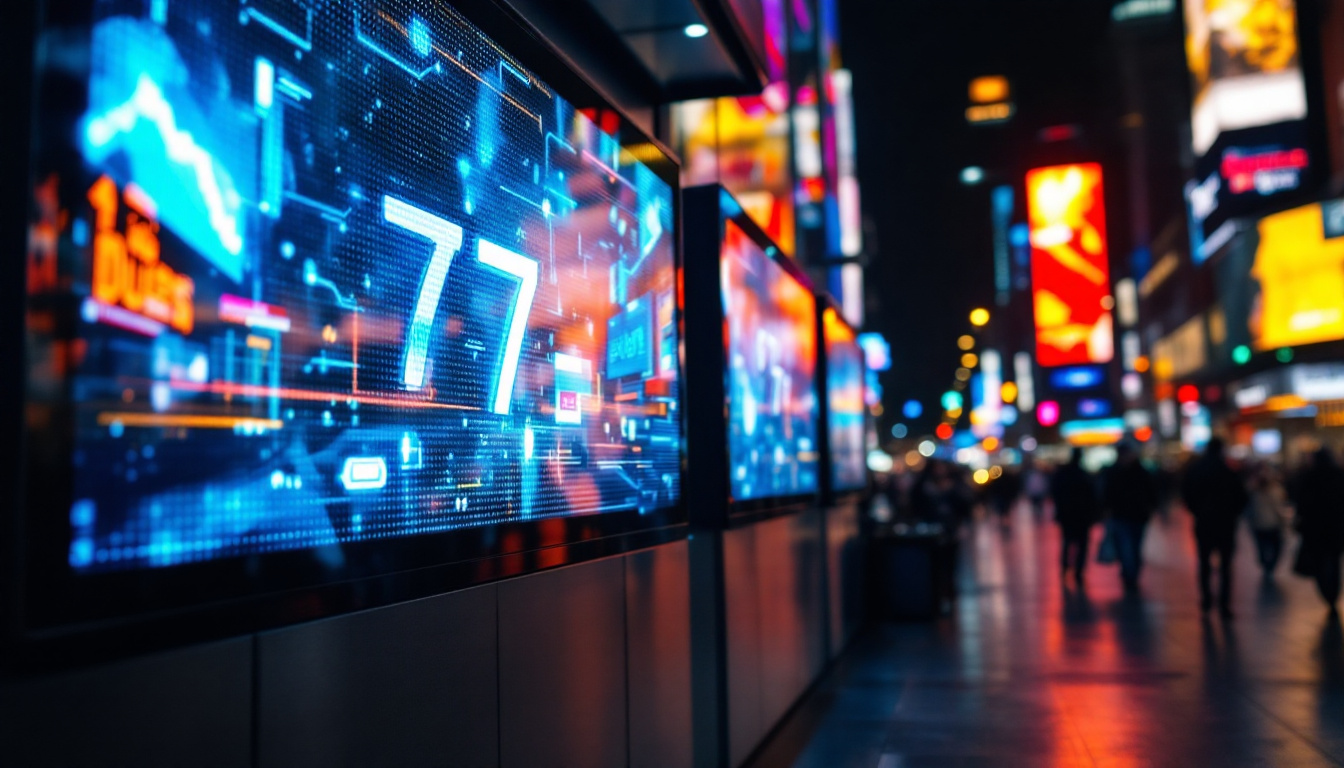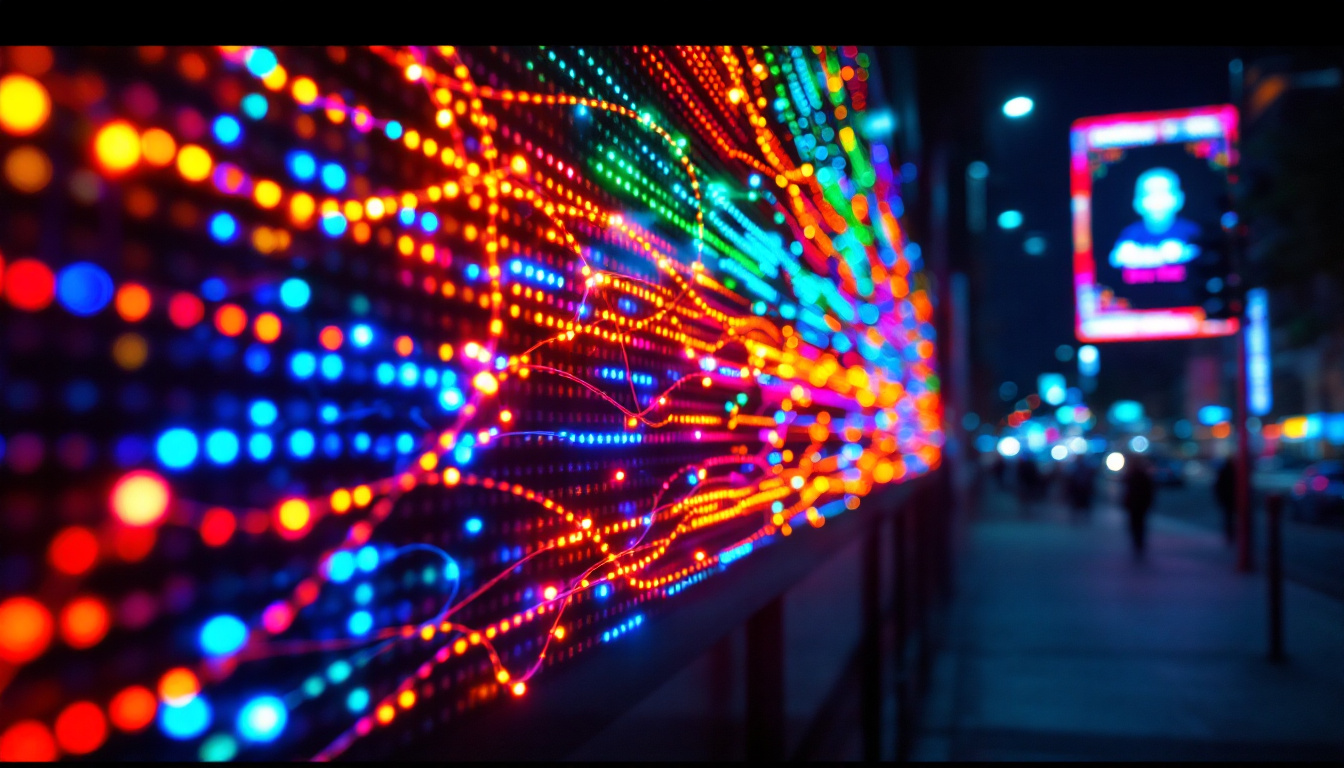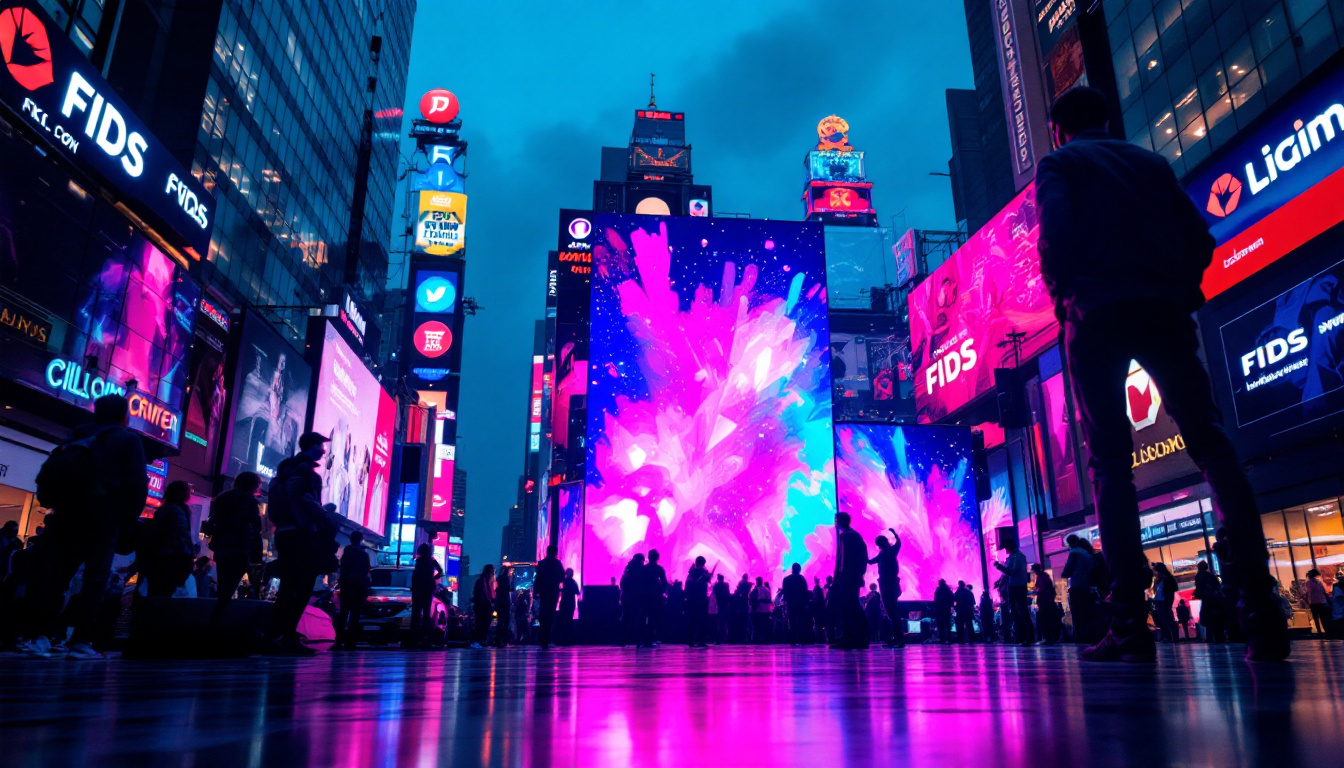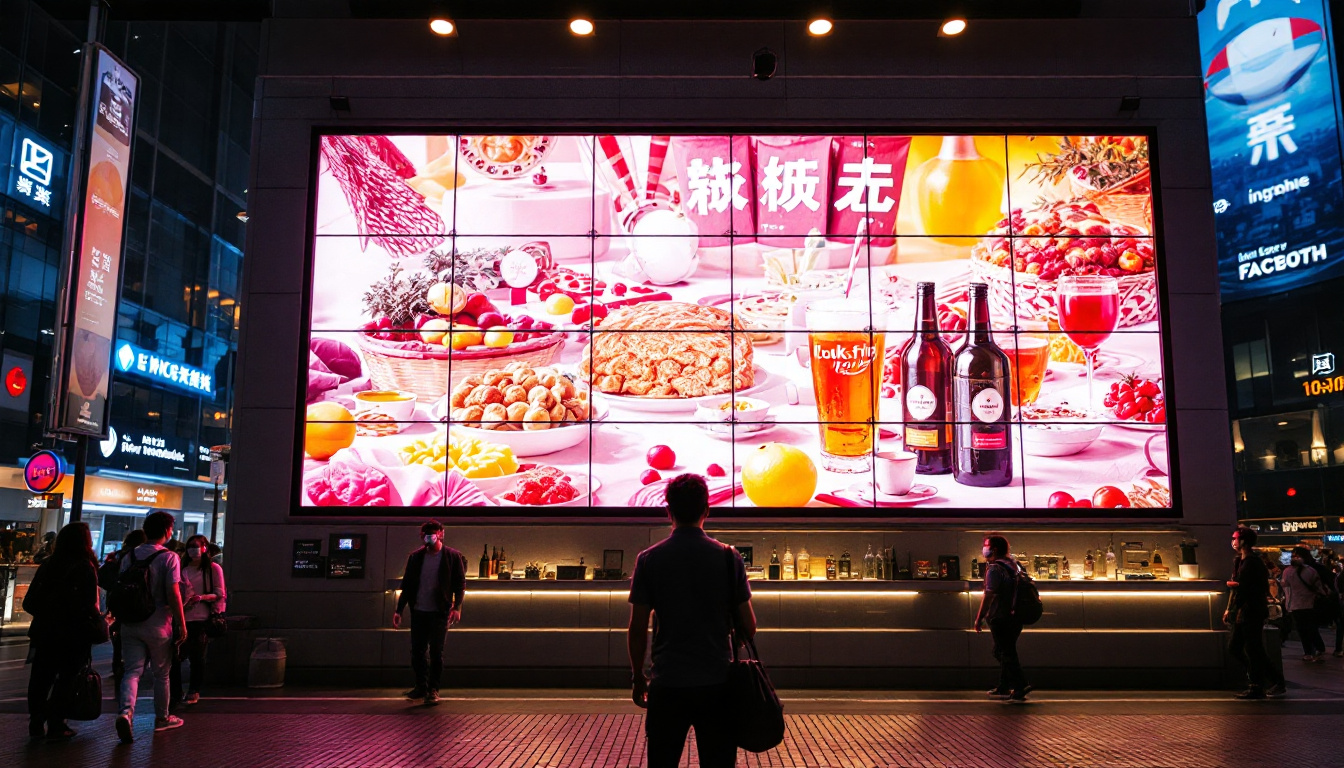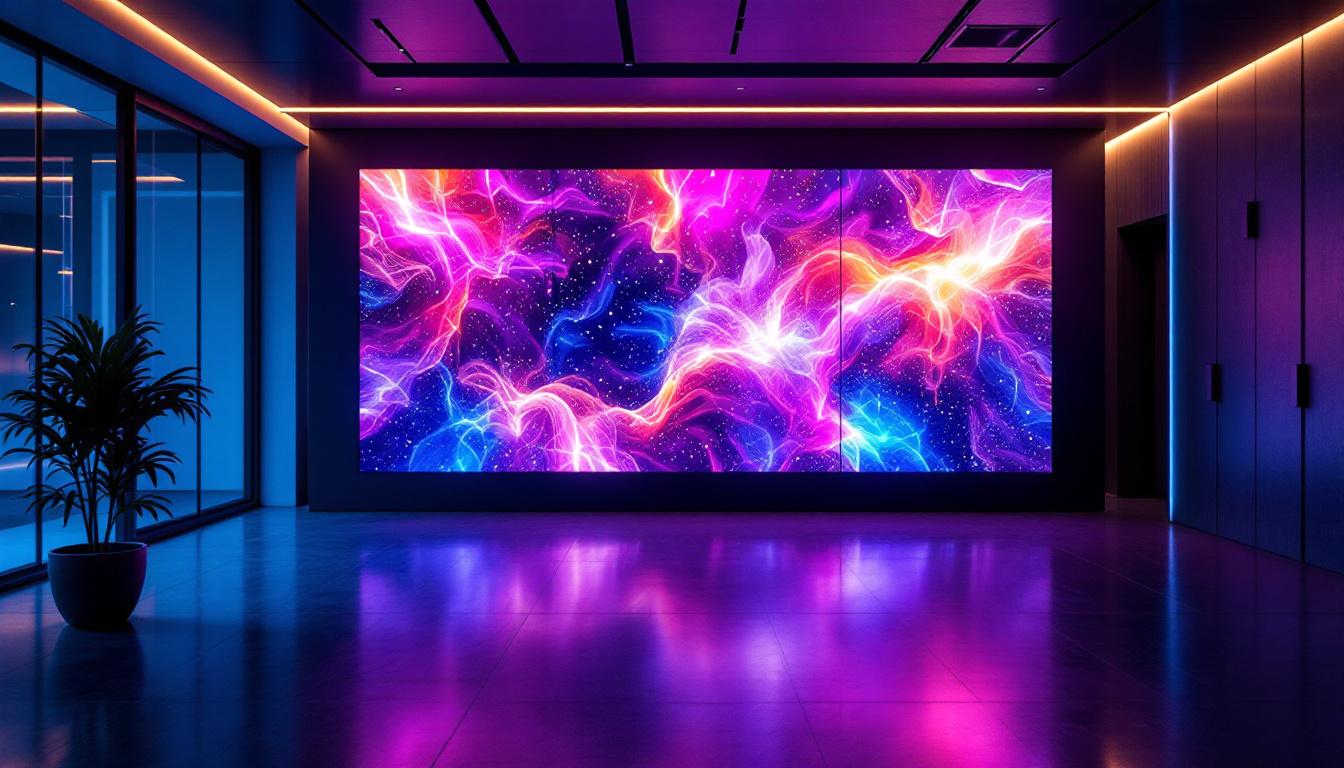In the world of modern display technology, understanding the components that make up a screen is essential for both consumers and professionals. Among these components, the LCD display bezel and LED display play pivotal roles in shaping the visual experience and functionality of devices ranging from smartphones to large-scale digital signage. This article delves into the intricacies of LCD display bezels and LED displays, explaining their design, purpose, and impact on user experience.
Understanding the LCD Display Bezel
What Is an LCD Display Bezel?
The bezel is the frame or border surrounding the active display area of an LCD (Liquid Crystal Display) screen. It serves as a protective and structural element that holds the display panel in place within a device’s casing. While often overlooked, the bezel influences both the aesthetic appeal and functionality of screens.
In earlier generations of LCD technology, bezels were relatively thick, sometimes measuring several centimeters. This was partly due to manufacturing limitations and the need to house internal components such as wiring and sensors. However, advancements in technology have enabled manufacturers to produce ultra-thin bezels, contributing to sleeker and more immersive display designs. The evolution of materials used in bezel construction, such as lightweight metals and durable plastics, has also played a significant role in this transformation, allowing for designs that are both robust and visually appealing.
The Role of Bezels in Device Design
Bezels are more than just decorative borders; they serve several practical purposes. First, they protect the delicate edges of the LCD panel from physical damage and environmental factors like dust and moisture. Second, bezels provide structural integrity, ensuring that the screen remains securely mounted within the device chassis. In addition to these protective functions, bezels can also house essential components like ambient light sensors and microphones, which are crucial for enhancing user experience and functionality.
From a design perspective, the bezel affects the overall look and feel of a device. Thin bezels maximize the screen-to-body ratio, offering users a larger viewing area without increasing the device’s physical size. This trend is particularly important in smartphones, laptops, and televisions, where immersive viewing experiences are highly valued. Moreover, the choice of bezel color and finish can significantly impact the device’s visual identity, allowing brands to create signature looks that resonate with their target audience.
Trends in Bezel Design
Recent years have seen a significant reduction in bezel size, driven by consumer demand for edge-to-edge displays. For example, flagship smartphones now boast bezels as thin as 1-2 millimeters, creating nearly seamless front panels. Similarly, modern laptops and monitors often feature “borderless” or “frameless” designs, enhancing portability and aesthetics. This shift towards minimalism not only caters to consumer preferences but also aligns with broader design philosophies that emphasize simplicity and elegance in technology.
However, ultra-thin bezels come with challenges. They can make devices more fragile and complicate the integration of front-facing cameras, sensors, and speakers. Manufacturers have responded with innovative solutions such as notches, punch-hole cameras, and under-display sensors to balance bezel reduction with functionality. Additionally, some brands are experimenting with flexible displays that can curve around the edges of devices, further pushing the boundaries of traditional bezel design. As technology continues to evolve, we can expect to see even more creative approaches to bezel integration, transforming the way we interact with our screens.
LED Displays: Fundamentals and Applications
What Is an LED Display?
LED (Light Emitting Diode) displays are screens that use an array of light-emitting diodes to produce images. Unlike LCDs, which rely on backlighting, LED displays emit light directly from each pixel, resulting in higher brightness, better contrast, and improved energy efficiency.
There are two primary types of LED displays: direct-view LED and LED-backlit LCD. Direct-view LED displays consist of individual LEDs arranged to form pixels, commonly used in large-scale outdoor screens, digital billboards, and stadium displays. LED-backlit LCDs, on the other hand, use LEDs as a backlight source behind an LCD panel, enhancing brightness and color accuracy.
Advantages of LED Displays
LED technology offers several benefits over traditional display methods. Key advantages include:
- Brightness and Visibility: LED displays can achieve brightness levels exceeding 1,000 nits, making them suitable for use in bright environments, including direct sunlight.
- Energy Efficiency: LEDs consume less power compared to fluorescent backlights used in older LCDs, contributing to longer battery life in portable devices and reduced energy costs in commercial applications.
- Color Accuracy and Contrast: LEDs provide superior color reproduction and deeper blacks, enhancing image quality and viewing experience.
- Longevity and Durability: LED displays generally have longer lifespans and are more resistant to physical shock and environmental factors.
Applications of LED Displays
LED displays are ubiquitous across various sectors. In consumer electronics, LED-backlit LCDs dominate the market for televisions, monitors, and smartphones. In commercial and public spaces, direct-view LED displays are used for advertising, information dissemination, and entertainment.
For example, Times Square in New York City features massive LED billboards that deliver vibrant, dynamic content visible from great distances. Similarly, sports arenas utilize LED displays to provide real-time scores, replays, and interactive content for spectators.
Beyond entertainment and advertising, LED displays are increasingly being integrated into smart city initiatives. Cities around the world are adopting LED technology for streetlights and traffic signals, enhancing visibility and safety while reducing energy consumption. These displays can also be programmed to provide real-time updates on traffic conditions, public transport schedules, and emergency alerts, creating a more informed and responsive urban environment.
Furthermore, in the realm of education, LED displays are transforming classrooms and lecture halls. Interactive LED screens enable dynamic teaching methods, allowing educators to present multimedia content and engage students in collaborative activities. This technology not only enhances learning experiences but also prepares students for a future where digital literacy is paramount. As the technology continues to evolve, we can expect to see even more innovative applications of LED displays across various fields, pushing the boundaries of how we communicate and interact with information.
The Intersection of LCD Bezels and LED Displays
How Bezels Affect LED-Backlit LCDs
In LED-backlit LCD devices, the bezel frames the LCD panel, which is illuminated by an LED backlight. The bezel’s design influences the uniformity of light distribution and can impact the visual quality of the display. A well-designed bezel minimizes light leakage and reflections, ensuring consistent brightness and color across the screen.
Manufacturers often optimize bezel materials and finishes to reduce glare and enhance durability. For instance, matte or textured bezels can prevent distracting reflections in brightly lit environments, improving user comfort during extended use.
Bezel Integration in Direct-View LED Displays
Direct-view LED displays, especially large modular video walls, often have visible bezels between individual panels. These bezels create grid lines that can interrupt the seamlessness of the displayed image. To address this, manufacturers have developed ultra-narrow bezel designs, reducing the gap between panels to as little as 0.9 millimeters.
Additionally, some high-end LED video walls use bezel-less or microLED technology, where tiny LEDs are embedded directly into the display surface without traditional panel borders. This innovation enables truly seamless large-format displays suitable for immersive environments like control rooms, museums, and high-end retail spaces.
Choosing the Right Display: Factors to Consider
Purpose and Environment
When selecting a display, understanding the intended use and environment is crucial. For indoor applications such as office monitors or home entertainment, LED-backlit LCDs with thin bezels provide excellent image quality and aesthetics. In contrast, outdoor or large-scale installations benefit from direct-view LED displays due to their superior brightness and weather resistance.
Bezel Size and User Experience
For devices where portability and immersive viewing are priorities, such as smartphones and laptops, smaller bezels enhance the user experience by maximizing screen real estate. However, in professional settings where durability and ease of maintenance are important, slightly larger bezels may be advantageous to protect the display and accommodate hardware components.
Budget and Maintenance
Cost considerations also play a role. Ultra-thin bezel displays and cutting-edge LED technologies often come at a premium price. Additionally, direct-view LED installations require regular maintenance to ensure consistent performance, including pixel replacement and calibration.
Balancing these factors helps consumers and businesses select displays that meet their needs without compromising on quality or longevity.
Future Trends in Display Technology
MicroLED and Beyond
Emerging technologies such as microLED promise to revolutionize display design by combining the best features of LCD and LED displays. MicroLEDs consist of microscopic LEDs that serve as individual pixels, offering exceptional brightness, contrast, and energy efficiency without the need for backlighting.
This technology enables bezel-less, flexible, and even transparent displays, opening new possibilities for device form factors and applications. While still in the early stages of commercial adoption, microLED is expected to become more prevalent in the coming years.
Bezel-Less and Flexible Displays
Manufacturers continue to push the boundaries of bezel reduction, with foldable and rollable displays gaining traction. These innovations necessitate new approaches to bezel design, focusing on durability and seamless integration with flexible substrates.
As display technology evolves, the traditional concept of a bezel may transform or disappear altogether, resulting in devices that offer unprecedented visual immersion and versatility.
Conclusion
The LCD display bezel and LED display technologies are fundamental elements shaping the visual and functional qualities of modern screens. Understanding their roles, advantages, and limitations helps consumers and professionals make informed decisions when selecting or designing display devices.
From the protective framing of LCD bezels to the luminous brilliance of LED displays, each component contributes to the overall user experience. As technology advances, innovations like microLED and flexible displays promise to redefine these concepts, heralding a new era of immersive and versatile visual solutions.
Staying informed about these developments ensures that users can appreciate the complexities behind the screens they interact with daily and anticipate the exciting changes on the horizon.
Discover Cutting-Edge LED Display Solutions
As you consider the future of display technologies and the impact they have on your daily interactions, LumenMatrix stands at the forefront of innovation. Our commitment to revolutionizing visual communication is evident in our diverse range of LED display modules. Whether you’re looking to enhance brand visibility with an Indoor LED Wall Display, captivate passersby with an Outdoor LED Wall Display, or create a dynamic environment with our Custom LED Display options, LumenMatrix has the solution. Embrace the era of immersive visual experiences and let your message resonate with clarity. Check out LumenMatrix LED Display Solutions and see how we can illuminate your world.



